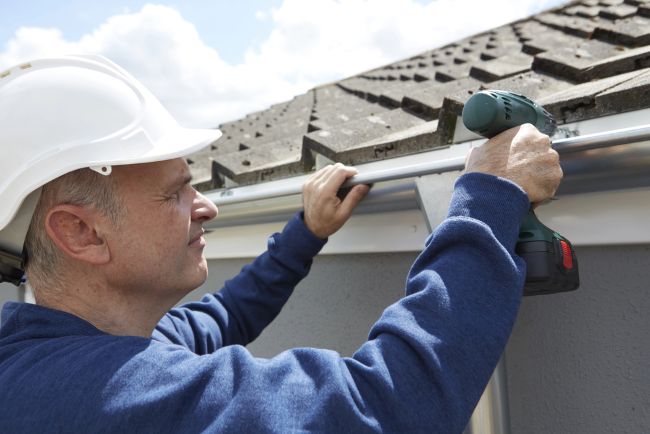Budget-Friendly Ways to Weatherproof Your Home for Winter

As the days grow shorter and the air turns crisper, preparing your home for the harsh winter months becomes crucial. Weatherproofing not only ensures your comfort but also helps reduce energy bills and prolongs the life of your home. Fortunately, making your home ready for the winter doesn’t have to be an expensive endeavour. Let’s explore some cost-effective strategies to weatherproof your home while keeping your budget intact.
Inspect and Upgrade Your Gutters
One of the first steps in weatherproofing your home is ensuring that your drainage system is in top condition. Did you know, new gutters may be a worthwhile investment if your current ones are damaged or decades old. Functional gutters prevent water from spilling over and causing erosion around your home’s foundation. To save costs, you can opt for DIY installations or repair small damages yourself with kits available at local DIY stores. Regularly clear out leaves and debris to keep them working efficiently, especially before the heavy winter rains and snow.
Seal Drafts with Weatherstripping
Drafts are a chief culprit of heat loss in many homes, causing a surge in energy bills. Sealing these drafts is an affordable way to minimise heat escape and keep your home cosy. Weatherstripping can effectively seal gaps around doors and windows. Foam strips or rubber weather seals are both inexpensive options that can be easily applied. Pay attention to your letterbox and any chimneys or vents where cold air could sneak in.
Insulate Your Loft and Walls
A large percentage of home heat is lost through the roof and walls. Insulating your loft is a practical and cost-effective way to retain warmth. While there are grants available in some areas for home insulation, DIY kits for loft and cavity wall insulation are available at reasonable prices at home improvement stores. Investing in proper insulation not only saves on your heating bill but also adds value to your home over the long haul.
Apply Window Insulation Film
Windows are another common source of heat loss, especially if they are single-glazed or old. Insulation film is a budget-friendly alternative to expensive double glazing and can significantly reduce heat loss. These films are easy to install and typically involve little more than attaching the film to the window frame and using a hairdryer to secure it in place. They also help in preventing condensation buildup, integral for mould prevention in the wetter months.
Use Thermal Curtains or Blinds
Thermal curtains or blinds offer an additional layer of insulation for your windows. They are designed to trap air and create a barrier against the cold. Available in various styles and colours, they contribute not just to warmth but also to the decor of your living spaces. Installing good quality thermal curtains is a straightforward task and pays dividends in comfort and energy savings.
Chimney Balloon for Unused Fireplaces
If your home has an open, unused fireplace, it could be a significant source of heat loss. A chimney balloon, or chimney draught excluder, is an inexpensive device designed to block airflow up the chimney. This simple addition can help keep warm air from escaping and prevent cold draughts from descending into your living space. Ensure you select the correct size to fit your chimney for the best results.
Check and Maintain Your Heating System
Keeping your heating system in optimal condition is crucial before winter hits. Since a professional service might be costly, conducting a basic inspection yourself can identify apparent issues. Bleed your radiators to eliminate trapped air and ensure your boiler pressure is appropriate. Maintaining your system not only helps it function efficiently but also extends its lifespan, preventing costly emergency repairs.
Add Door Sweeps
A door sweep attached to the bottom of exterior doors is a simple and inexpensive solution to seal the gap between the door and threshold. This helps prevent cold air from entering and keeps warm air from escaping. Door sweeps are easy to install and can be found in various designs and materials at local home improvement stores.
Concluding Thoughts
Preparing your home for the winter need not be an expensive project; numerous budget-friendly methods can significantly improve your home’s warmth and energy efficiency. From installing new gutters to enhancing insulation, small investments and DIY efforts can translate into substantial savings and a more comfortable living environment. Addressing these areas this autumn will ensure peace of mind when the temperatures drop, without breaking the bank.


